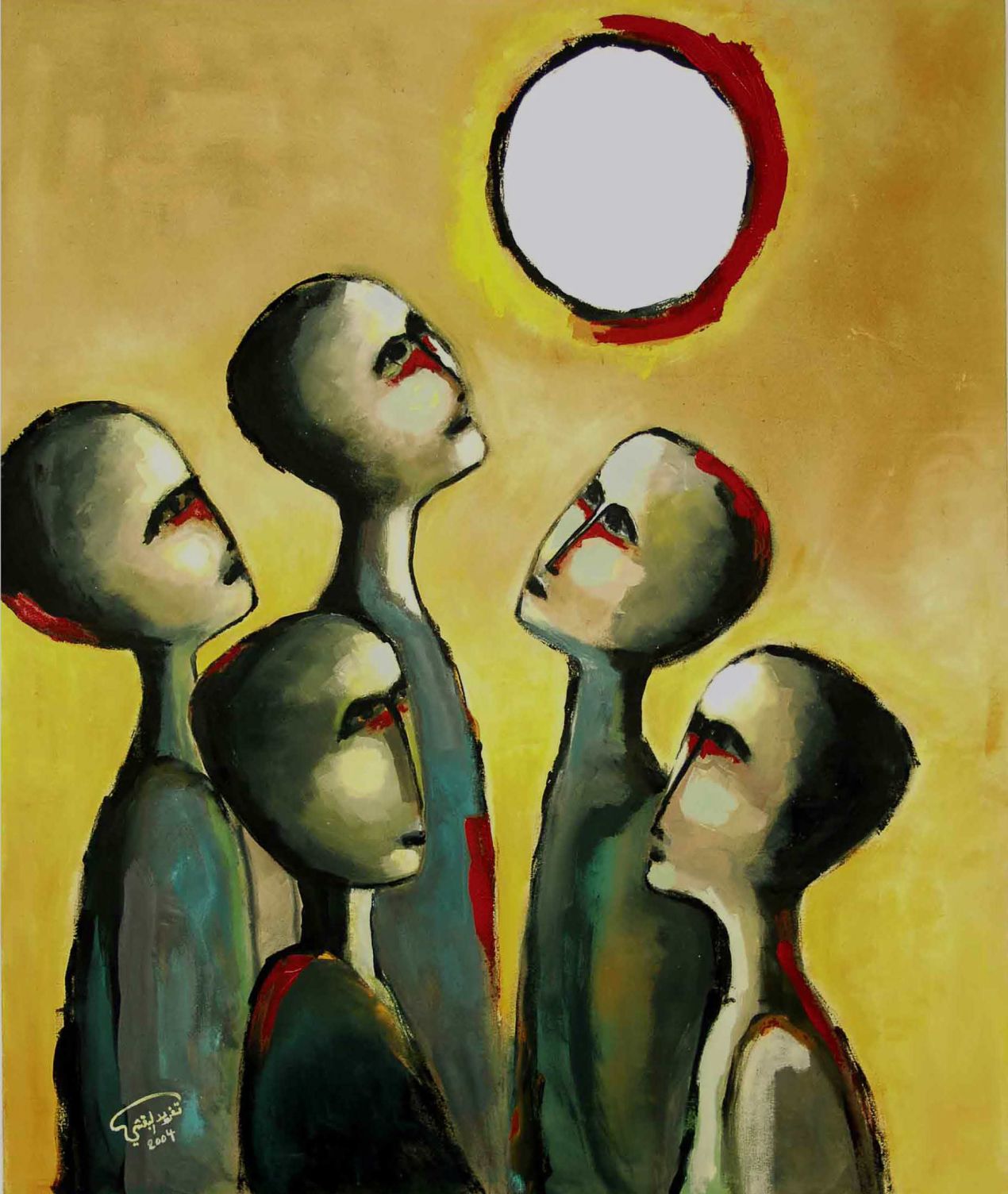a duck pecks at the moon
From a manuscript of Anvar-i Suhayli (The Lights of Canopus). Copied by Na‘im Muhammad al-Husayni al-Tabrizi. Paintings attributed to Sadiqi Beg (d. 1612), Qazvin, Iran, dated 13 Safar 1002/November 8, 1593. Opaque watercolor, ink, and gold on paper. Page: 30.3 x 20.6 cm. Aga Khan Museum, Toronto, AKM289
Myths, legends and stories are dear to Muslim cultures across time and space. Their popularity lies in their timeless insights, their wisdom, and their educational value. Take the Anvar-i Suhayli (Lights of Canopus) for example, a Persian collection of animal fables derived from the well-known Kalila wa Dimnah stories, represented here by a miniature painting from a manuscript in the Aga Khan Museum, created in Qazvin, Iran, in 1593.
These fables of the Anvar-i Suhayli ultimately originated in ancient India, but became popular largely through the Arabic translation of Ibn al-Muqaffa‘ in the 8th century before being translated into Persian and other languages in the centuries to come. The collection is named after a ruler of the Timurid dynasty, Nizam al-Din Shaykh-Ahmad Suhayli, to whom this work is dedicated to by the author. The title is a clever play on words, as it also refers to the lights of Canopus, the brightest star in the southern constellation of Carina.

From a manuscript of Anvar-i Suhayli (The Lights of Canopus). Copied by Na‘im Muhammad al-Husayni al-Tabrizi. Paintings attributed to Sadiqi Beg (d. 1612), Qazvin, Iran, dated 13 Safar 1002/November 8, 1593. Opaque watercolor, ink, and gold on paper. Page: 30.3 x 20.6 cm. Aga Khan Museum, Toronto, AKM289
The painting here shows a duck pecking at the moon’s reflection in the water. The legendary story goes as follows: one day a duck sees the reflection of the moon in the water and thinks it is a fish. Trying to catch it, the duck pecks at it repeatedly but without success. Hungry and despondent, it decides from that night onwards never to make the same mistake again. Thereafter, whenever it spots a fish in the water, the duck dismisses it as a trick of the moonlight and ignores it, becoming all the more hungry as a result.
What is the moral of this fable? Don’t let one bad experience influence all subsequent attitudes or behaviors – keep an open mind and try again, each time taking into consideration the differences and peculiarities of a situation or an opportunity that may present itself in life. While written down hundreds of years ago, this story remains relevant, and a truly befitting message for our times today.
Written by Special Guest Contributor Dr. Ulrike Al-Khamis, PhD, the Director of Collections and Public Programs at the Aga Khan Museum. In each issue, we will feature a special treasure from the Aga Khan Museum, one that tells a story, captures a moment and inspires conversation.


